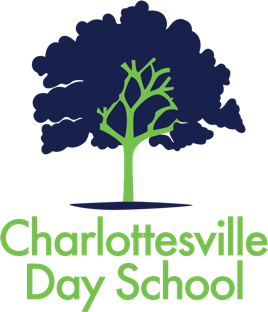Middle School
The curriculum for middle school students is tailored to be relevant in their lives. Cross-disciplinary projects are designed to cultivate critical thinking, creativity, collaborating and communication skills.
The Middle School years are a special time in a child’s journey towards adulthood. It is also an important preparatory period for high school coursework and long-term academic success. This dynamic requires classroom educators who have both an understanding of early adolescence and an ability to communicate passion and expertise in their subject areas. At CDS, our Middle School teachers have these traits and are given the platform to strive for excellence while supporting each child as an individual.
What Makes Us Different?
Elements of our Middle School that make CDS unique
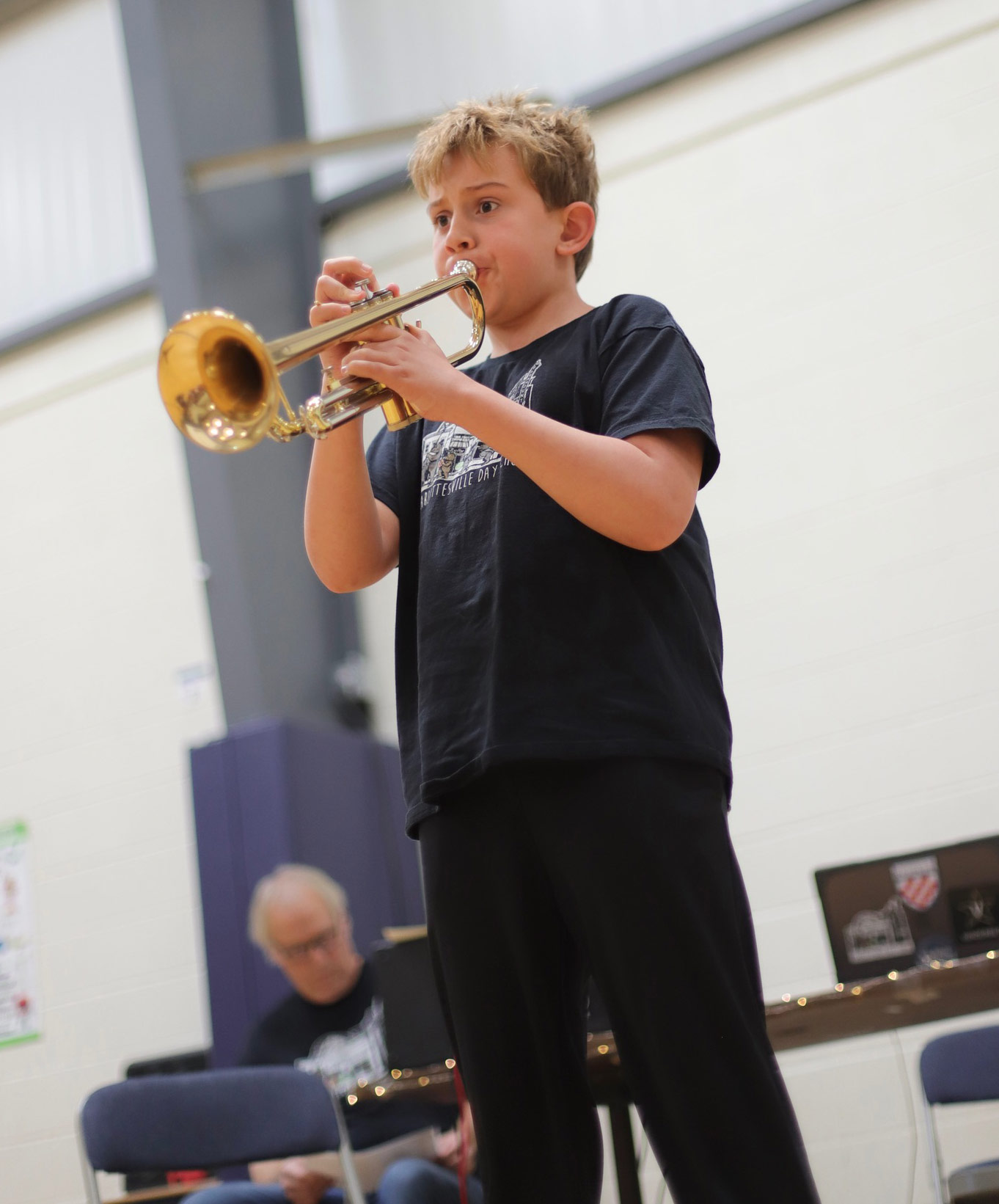
Instruction
Our teachers deliberately develop students’ creativity and innovation skills, encouraging them to get their “hands dirty” while learning content.
Our teachers support our students to learn how to learn, and to accept and ultimately appreciate challenge.
With our project-based approach, students collaborate, problem-solve across disciplines, and are intrinsically motivated to do their best.
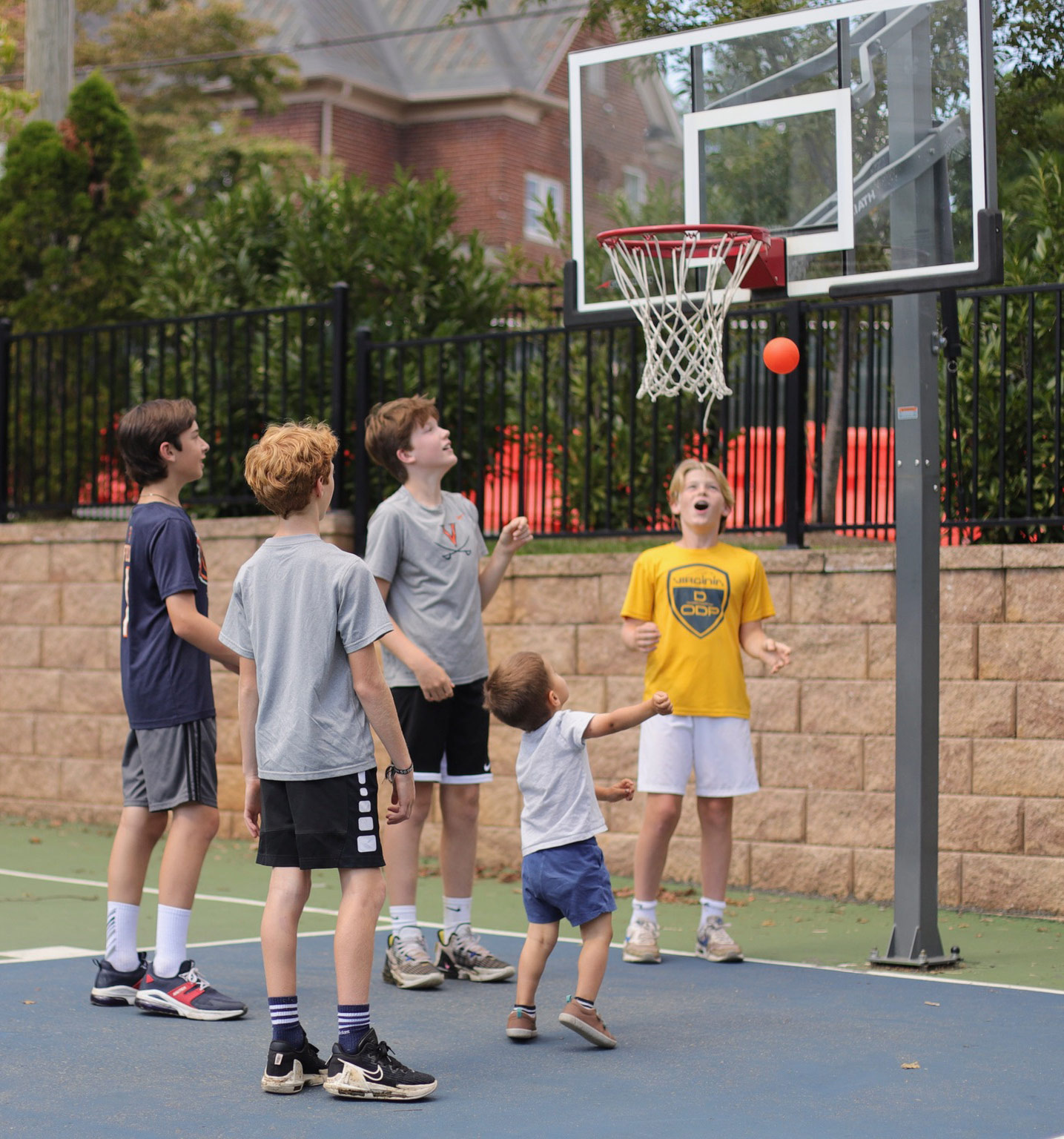
Environment
Our preschool through eighth grade model allows young adolescent students to embrace
and focus on academic challenges without the overly distracting pressures to belong socially in a teenage-dominated environment.
Our emotionally and socially safe environment allows our students to take risks with their learning.
Our downtown location allows for regular community interactions and authentic learning experiences.
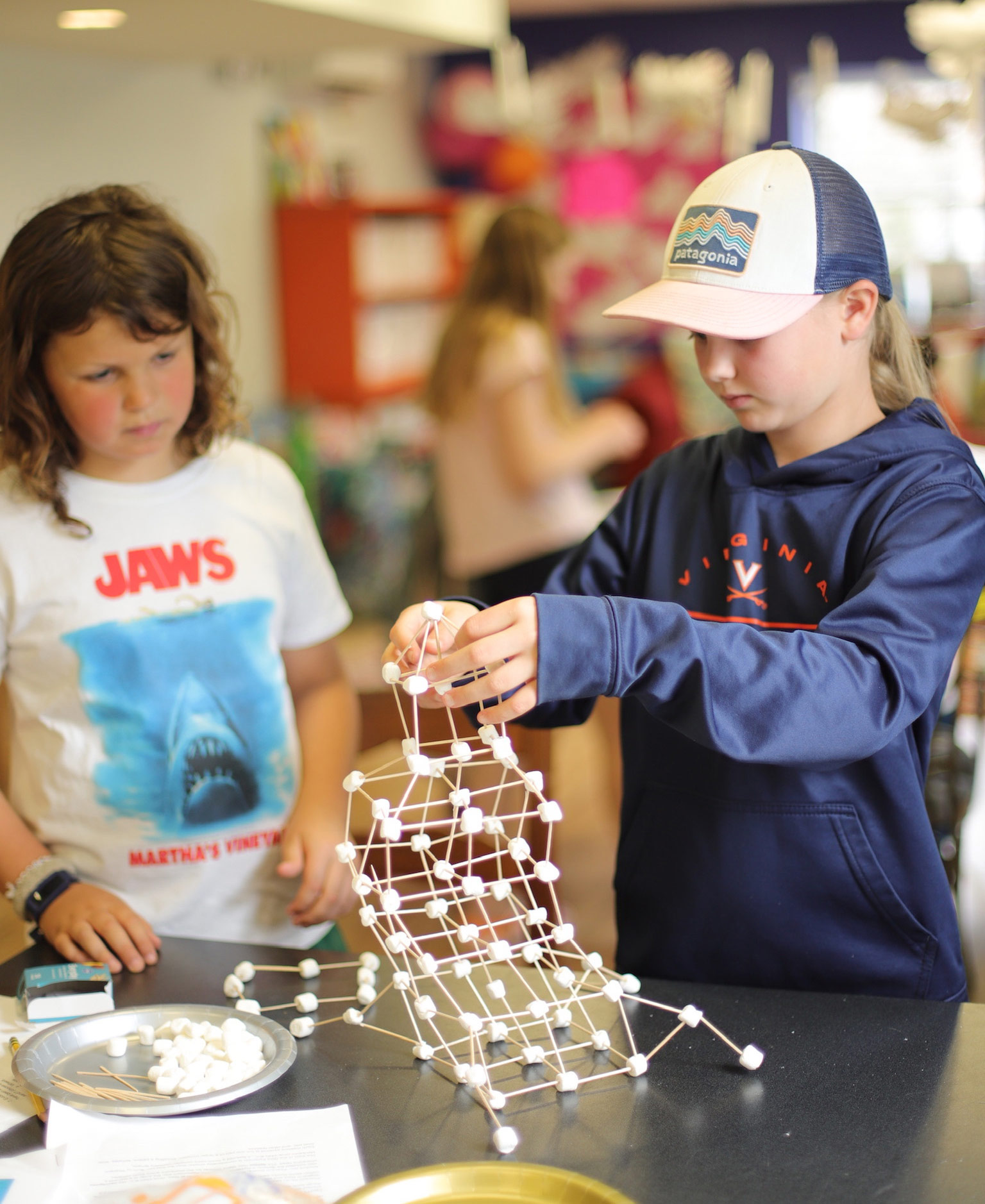
Curriculum
CDS students learn content deeply. They truly understand what they learn and are able to ask intelligent questions in math, science, music, and other studies.
Our curriculum prepares students for success in Advanced Placement courses in high school.
Students purposefully examine history and present-day events to better understand their world.
Curriculum Overview
Humanities
Students Speak
Field Trips
A look at what students can learn outside of the classroom

Humanities is a course that connects history and language arts by integrating reading, writing, oral communication and history. Students nourish their love for reading by delving into novels, short stories and poetry, while actively annotating for symbolism beneath the surface of the text and cross-disciplinary connections. Reading instruction focuses on research strategies using primary and secondary sources. Students analyze literature through a variety of genres in order to view the world through an informed, multicultural, social justice lens. By eighth grade, they are exposed to a strong canon of classics, which they dissect not only for their significance to the era in which they were written, but also how they relate to and can teach us about the world today. Students write daily, with the goal of developing technically strong pieces, both in terms of expository and creative writing. With each composition, they practice all components of the writing process. Grammar, vocabulary and spelling instruction are integrated into the Humanities curriculum. When they graduate from CDS, they not only have countless thesis-style essays in their writing portfolios, but also annotated bibliographies and research papers, which they develop through a rigorous eight-week-long project through the University of Virginia libraries during both their seventh and eighth grade years.
Students learn history through engaging in role-playing, debating, writing, researching and discussing literature. Students develop a general understanding of the core historical themes and content of the United States, then pursue research in much narrower areas of their own historical interests, allowing them to display their mastery in a number of ways. Differentiation is at the heart of class. Each student gains an understanding of historical patterns and makes connections between historical events and what is happening in our world today. Rather than confining teachers to superficial study of numerous facts, CDS instructors are given the flexibility to focus on sustained study of important historical events. Upon completion of eighth grade, CDS students are prepared to excel in high school Advanced Placement History, as well as English Language and Composition.
Math
At Charlottesville Day School, the middle school mathematics curriculum builds on the foundations gained from our elementary mathematics program. With a focus on exploration and discourse, students investigate numbers while additionally developing efficient algebraic and geometric reasoning.
The curriculum aligns with both the Common Core Standards and the Virginia Standards of Learning. Additionally, pedagogical decisions in our mathematics program are influenced by the National Council for Teachers of Mathematics. We provide students with rich instructional tasks that are appropriately and comfortably challenging. The contextual nature of these tasks keeps students highly engaged as they collaborate, reason and creatively connect new content with prior knowledge. Students are provided differentiated and challenging opportunities, along with appropriate support to build confidence as a learner and help to solidify not only mathematical concepts and skills, but who they are as mathematicians. Students learn to embrace mistakes, appreciate hard work and perseverance as well as value their own learning process and that of their peers.
Fifth Grade
Fifth grade math focuses on number sense to gain flexibility with numbers, data/probability, and geometry/measurement as well as an introduction to algebraic concepts. Students explore, question, develop and sharemathematical ideas, as well as practicing skills through games and more traditional means. CDS teachers believe that learning should be purposeful, hands on, relatable, engaging and fun. We believe that all students can successfully complete and enjoy challenging tasks and understand advanced mathematical concepts given appropriate support. We also believe that fifth grade is a crucial year to nurture mathematical curiosity to foster confidence in students as they take greater mathematical risks.
Sixth Grade
With a focus on proportional reasoning and algebraic concepts, our sixth grade mathematics course builds on content covered in fifth grade and serves as the formal introduction to pre-algebra. Students will experience an intellectual shift as they expand the number system to include positive and negative values and further conceptualize by distinguishing between rational and irrational numbers. A heavy concentration in proportional reasoning, moving from thinking additively to thinking multiplicative about relationships/patterns, strengthens students’ abilities to be more malleable and efficient problem-solvers. As we move into symbolic algebra, students will learn about variables, equations, and formulas. The application of newly explored algebraic understandings allow students to make contextual connections to data and statistics.
Seventh and Eighth Grade
As seventh graders, CDS students either continue to develop their algebraic thinking and proportional reasoning in our Pre-Algebra course or enroll in Algebra I, an honors level high school course taught on our campus. The pre-algebra course deepens understanding of prerequisite skills and further develops the understanding of proportionality and algebraic reasoning in an intimate learning community. At the completion of the seventh grade pre-algebra class, rising eighth graders will transition into a high school honors algebra class.
Algebra I at CDS is an investigative journey to understand a variety of mathematical relationships. Successful completion of Algebra I earns students a high school credit. Students who complete Algebra I as seventh graders will be enrolled into a second high school credit honors course as eighth graders. The Geometry Course at CDS is designed so that students “learn by doing” where students have fun and are actively engaged in investigations and activities. By developing conceptual understanding and interacting with new ideas, students gain factual knowledge, build proficiency of procedures, and become better at applying their learning. Students learn to be open to new ideas by solving problems, examine alternatives, think critically, and collaborate to expand their ideas. Students will also gain experience with inductive and deductive reasoning moving from informal reasoning by developing their justification skills until they are ready for a more systematic approach of formal proofs.
Science
Science at CDS takes an interdisciplinary approach, making connections to English, history, math, PE, and health and nutrition. Middle school is a time to expand learning to think like a scientist, becoming more familiar with materials and methods scientists use in the real world, and building and using models that demonstrate understanding of concepts. Students apply scientific research and evidence within science units and are strongly encouraged to investigate individual scientific interests and communicate these with their peers and teachers. Human impact, both positive and negative, is explored throughout middle school science classes and gives students a platform to acquire emerging argumentation using evidence skills. Engineering design principles are also applied throughout core science disciplines.
Science units for fifth and sixth grade incorporate general concepts from life, Earth, and physical disciplines of science. Emphasis in fifth grade is building more depth of scientific understanding and skills learned in the elementary grades. Fifth and sixth grade students learn about the disciplines of science through a broad lens of four main areas: atmosphere, geosphere, hydrosphere, and biosphere. Science units in seventh and eighth grade also incorporate the three main science disciplines. Emphasis in seventh grade is placed on learning about vertebrate body systems and the concept of systems working separately, as well as together, in individual organisms and the environment through a study on ecology. Eighth graders have a more in-depth look into the physical and Earth sciences, drawing on connections between these two fields and how they influence and affect the life sciences. Emphasis is on basic chemistry, energy and forces, and how these concepts are connected with earth’s geological structure, climate and weather patterns, our atmosphere and beyond. Eighth grade students also connect their scientific understanding to their Spanish class, taking an in-depth look at the science of the Spanish speaking area they will travel to in the Spring as part of their Spanish class.
Spanish
Students Speak
Spanish
Emphasis on learning to speak and interact motivates students
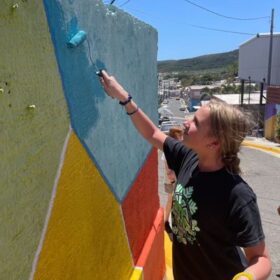
Spanish is a core subject for middle school students at CDS and meets four times per week. Students are exposed to a great deal of spoken and written Spanish each day using a communicative approach that is engaging and leads to language acquisition. The cultures of Spanish-speaking countries are explored through authentic songs, art, television commercials, short films, infographics and reading selections. Novels, read as a class and independently, stimulate language acquisition as well as cultural discussions and understanding. In eighth grade, our students travel to a Spanish-speaking country to increase fluency, explore customs, and provide meaning and purpose to learning the language. While we differentiate, our goal is for our Middle School students to complete the Spanish I curriculum and to have moved into Spanish II curriculum by the end of eighth grade.

Music
Our music program includes a minimum of three music classes and up to seven music, theater, and performing arts opportunities each week. In each Middle School music class, students learn 3-4 part harmony songs, advanced rhythmic studies, and are introduced to composers and genres that span from the Baroque Era to New Music from the 21st Century. All CDS Middle School musicians are expected to read traditional vocal scores as well as learn to sight read. Wind Ensemble and Jazz Ensemble are for more experienced instrumentalists. All CDS Middle School instrumentalists are required to learn all major scales in the circle of fifths, and jazz ensemble instrumentalists also learn the circle of fourths. All Middle School students will have an opportunity to audition for the Virginia Band Director’s Association All-District Band Festival. Additionally, CDS Middle School instrumentalists will participate in various band festivals.
Learn more about music at CDS
The Arts
Along with the variety of musical opportunities, middle school students can also participate in theatrical productions and studio art and photography classes. Students learn new ways to express themselves through the arts and develop a comfort level with being in front of audiences that will provide benefits throughout their lives.
Learn more about the arts at CDS
Physical Education and Athletics
Developing habits of physical fitness and overall wellness creates a foundation that lasts a lifetime. CDS students recognize the relationship between feeling good and regular physical activity, healthy food intake and positive lifestyle choices. Students also participate in athletic conditioning, team building, and sportsmanship classes and can compete against local schools as members of the boys and girls basketball teams, girls volleyball team and the co-ed cross country team.
Learn more about athletics at CDS